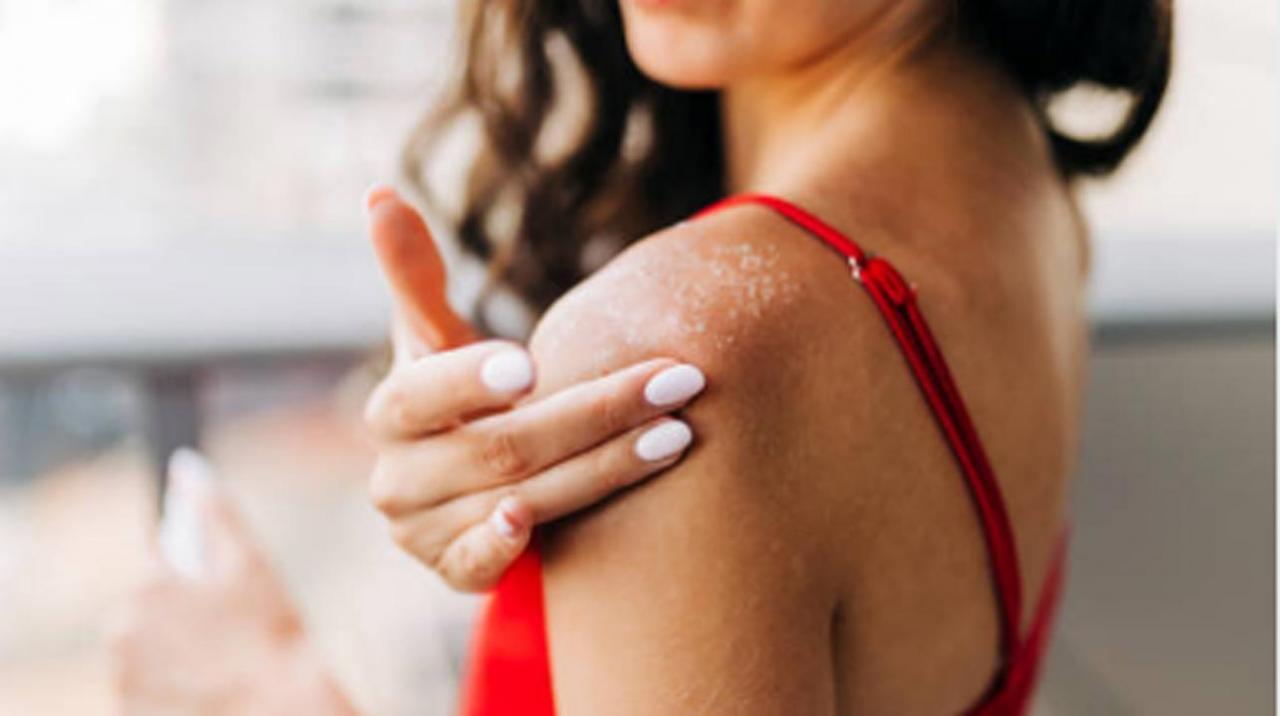While there is no complete cure for the condition, it can be controlled with medicated creams, occasionally with oral drugs, and sometimes with small cosmetic operations that may improve skin look

Image for representational purpose only. Photo courtesy: istock
It is a well-known truth that both in the US and India, athletes and film stars are among the influential people in society. Both the development of Parkinson's disease in world boxer Mohammed Ali and the spinal injury and paralysis of Superman actor Christopher Reeve sparked interest in the issue among the general public and the scientific community in an effort to better understand and treat the condition.
Since most celebrities visit their dermatologist, it is crucial for them to establish their beauty and candour with the large fan bases they have in society. In the recent past, two film celebrities from India, Yami Gautami and Samantha Ruth Prabhu, made it known that they were suffering from Keratosis Pilaris and Myositis.
ADVERTISEMENT
In this context, we will talk about keratosis pilaris, often known as chicken skin, which has gained prominence as a result of the general population being exposed to the terminology, which they presumably already knew but were unsure of whether or not to seek medical care for.
Keratosis is a skin disorder that results in rough patches and tiny, flesh-coloured or red lumps that resemble swellings. This disorder appears when the skin produces an excessive amount of keratin, a protein that can obstruct hair follicles and result in bumps. Typically, the arms, thighs, cheeks, and buttocks are where the pimples appear. They are normally white, occasionally red, and do not pain or itch.
While there is no complete cure for the condition, it can be controlled with medicated creams, occasionally with oral drugs, and sometimes with small cosmetic operations that may improve skin look.
Both sexes can be afflicted, though it is known to affect women slightly more frequently than men. The illness is known to worsen in the winter, probably because of xerosis (dryness) and friction from wearing additional layers of clothes during the colder months. In fact, it is known that prickly bumps on pregnant and nursing moms deteriorate. Age-related improvements take place, however some activities might last well beyond middle age before gradually fading away.
Some people may seek medical assistance if they have minor redness around the spiny red dots or pigmentation surrounding the spiny skin lumps. On the face, cheeks, and neck, this can happen. The problem may coexist with other conditions like Ichthyosis (a skin ailment that looks like fish scales) and Atopic dermatitis (Eczema), both of which flare up in the winter. This may be a grouping of the frequent drying skin conditions that aggravate themselves during particular seasons.
A skilled dermatologist can easily diagnose this condition by examining the spiny bumps in the hair follicular region of the arms, thighs, trunk, and occasionally the face and neck. It must be distinguished from a few other pediatric illnesses with a similar presentation, such as Lichen Spineless and Phrynodermas (Vitamin A and Fatty acid deficiency due to poor diet). With careful examination and, if necessary, a few diagnostic tests, a competent dermatologist can make a diagnosis.
Simple emollient lotions and keratolytic agents (which exfoliate the outer skin areas) are used to treat the disease, but the condition can also naturally improve as the seasons change from winter to spring to summer. Other treatments include topical retinoid creams (Vit A synthetic derived drugs), short-term topical steroid creams, and even oral therapy using oral retinoids. Microdermabrasion and the pulsed dye or long-pulsed diode laser therapy have also been explored with some effectiveness in some people as minor cosmetic operations.
Overall, with some cooperation from the patient and the clinician, a clear description of the illness's benign nature, and reasonable expectations for the course of treatment, the condition can be controlled.
Read More: Burned out? Why Indian employers need to act on employees' poor mental health
This story has been sourced from a third party syndicated feed, agencies. Mid-day accepts no responsibility or liability for its dependability, trustworthiness, reliability and data of the text. Mid-day management/mid-day.com reserves the sole right to alter, delete or remove (without notice) the content in its absolute discretion for any reason whatsoever
 Subscribe today by clicking the link and stay updated with the latest news!" Click here!
Subscribe today by clicking the link and stay updated with the latest news!" Click here!








